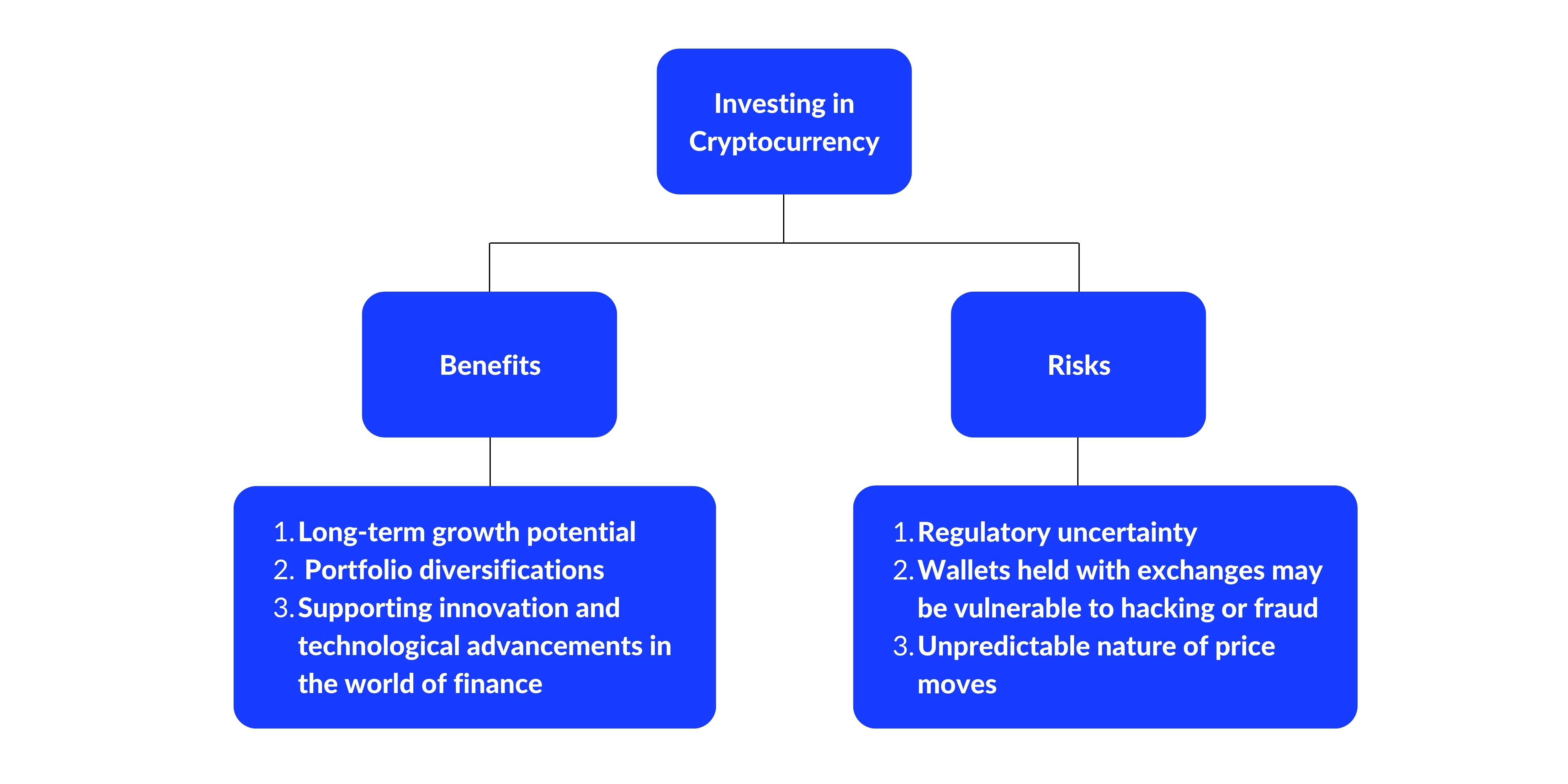Best Places to Order Cryptocurrencies: A Contrast of Popular Exchanges
Best Places to Order Cryptocurrencies: A Contrast of Popular Exchanges
Blog Article
The Future of Cryptocurrencies: Patterns to View in the Coming Years
The introduction of Central Financial institution Digital Currencies (CBDCs) stands to redefine the assimilation of electronic assets within typical financial systems, while raised regulative scrutiny might shape the operational landscape for cryptocurrencies. In addition, the development of decentralized finance (DeFi) and the expanding relevance of non-fungible symbols (NFTs) assure to change perceptions of ownership and appraisal in a digital economic climate.
Increase of Central Bank Digital Currencies
The introduction of Central Financial institution Digital Currencies (CBDCs) stands for a considerable shift in the economic landscape as governments discover electronic choices to standard fiat money. These state-backed digital money intend to boost the efficiency of payment systems, advertise economic inclusion, and give a safe and secure option to personal cryptocurrencies. Unlike decentralized digital currencies, CBDCs run under the auspices of reserve banks, making certain regulatory oversight and security.
Several countries are proactively piloting or researching CBDCs, with notable examples consisting of China's digital yuan and the European Reserve bank's electronic euro campaign. These efforts highlight a growing recognition of the potential advantages of electronic money, such as faster purchase rates and reduced costs associated with cross-border repayments. Furthermore, CBDCs could function as a tool to combat immoral tasks by providing higher openness in deals.
As the adoption of CBDCs progresses, they may reshape consumer behavior and influence global monetary dynamics. The change to an electronic currency structure offers difficulties, consisting of technical framework, cybersecurity problems, and public depend on. The increase of CBDCs signifies a zero hour that might redefine the function of cash in a significantly digital economic situation, requiring close monitoring by sector stakeholders and policymakers alike.
Increased Regulatory Scrutiny

Countries worldwide are taking varied techniques, from straight-out bans to regulatory sandboxes that allow technology while guaranteeing compliance. The European Union, as an example, is relocating in the direction of detailed legislation with the marketplaces in copyright-Assets Guideline (MiCA), aimed at producing a unified method throughout participant states. In the USA, agencies like the SEC and CFTC are significantly energetic in releasing guidelines and enforcement activities.
Business operating in the copyright room might face stricter conformity requirements, which could lead to boosted operational costs. Inevitably, the balance between advancement and policy will certainly shape the future of cryptocurrencies.
Advancement of DeFi Operatings Systems
Decentralized Financing (DeFi) systems have actually undertaken considerable transformation given that their beginning, improving the typical economic landscape - order cryptocurrencies. These platforms primarily focused on basic functions such as financing and borrowing, promoted by clever contracts on blockchain networks. However, the advancement of DeFi has expanded to include a vast array of financial solutions, consisting of derivatives trading, return farming, and automated market-making.
One of the most remarkable improvements is the development of Layer 2 solutions, which boost scalability and decrease deal expenses, making DeFi much more obtainable to a more comprehensive target market. Additionally, cross-chain interoperability has actually ended up being a crucial emphasis, enabling customers to move possessions flawlessly throughout different blockchain networks. This development fosters greater liquidity and user engagement.
In addition, the assimilation of innovative administration designs has equipped communities to join decision-making procedures, advertising sustainability and advancement within the environment. As DeFi remains to mature, we can anticipate further enhancements in customer experience with improved user interfaces and safety and security procedures, addressing concerns that have actually formerly hindered mainstream fostering. Generally, the trajectory of DeFi platforms factors toward a much more inclusive and effective economic important source future, using alternatives to standard financial systems.
Integration of NFTs in Finance
In the middle of the quick evolution of the monetary landscape, the integration of Non-Fungible Symbols (NFTs) has actually emerged as a transformative force. Traditionally connected with electronic art and collectibles, NFTs are currently discovering applications in various financial sectors, presenting ingenious means to represent ownership and value.
One significant area of integration remains in realty, where NFTs can streamline building purchases. By tokenizing realty assets, buyers can delight in fractional ownership, decreasing entry obstacles and raising liquidity. order cryptocurrencies. In addition, NFTs can make certain clear and unalterable records of possession, improving count on property dealings
On the planet of financing, NFTs are likewise being utilized for decentralized money (DeFi) applications, allowing collateralization of properties. By utilizing NFTs as security, debtors can access lendings while keeping ownership of their electronic possessions. This functionality enhances the availability of monetary solutions and advertises a much more comprehensive financial ecosystem.
Additionally, the click resources assimilation of NFTs right into standard finance could change the way copyright rights are managed, giving makers with brand-new revenue streams via wise agreements. In general, the integration of NFTs in finance signifies a change towards more innovative, reliable, and transparent monetary solutions, leading the means for future improvements.
Developments in Blockchain Technology

One significant fad is the emergence of Layer 2 remedies, developed to improve scalability and directory purchase rates, therefore resolving the limitations of main blockchain networks. These solutions allow much faster processing of purchases, minimizing charges and raising efficiency, which is essential for mass adoption.
In addition, interoperability in between different blockchain networks is obtaining traction. This development allows seamless information exchange and property transfers across diverse platforms, promoting a more linked and effective environment. Methods that facilitate cross-chain communication are vital for promoting cooperation among decentralized applications (copyright) and enhancing individual experiences.
Additionally, improvements in agreement devices, such as proof-of-stake and entrusted proof-of-stake, are contributing to more energy-efficient and safe blockchain procedures. These innovations not just address ecological issues yet additionally enhance network strength.
As blockchain technology remains to grow, its integration into various fields, consisting of financing, supply chain, and medical care, will redefine traditional systems, leading the way for a decentralized future.
Conclusion
The development of Central Financial institution Digital Currencies will enhance the combination of electronic properties right into typical financial systems. Additionally, the continual innovation of decentralized finance platforms and blockchain technology, along with the assimilation of non-fungible tokens, will redefine ownership and financial deals, cultivating enhanced fostering and technology within the field.
Report this page